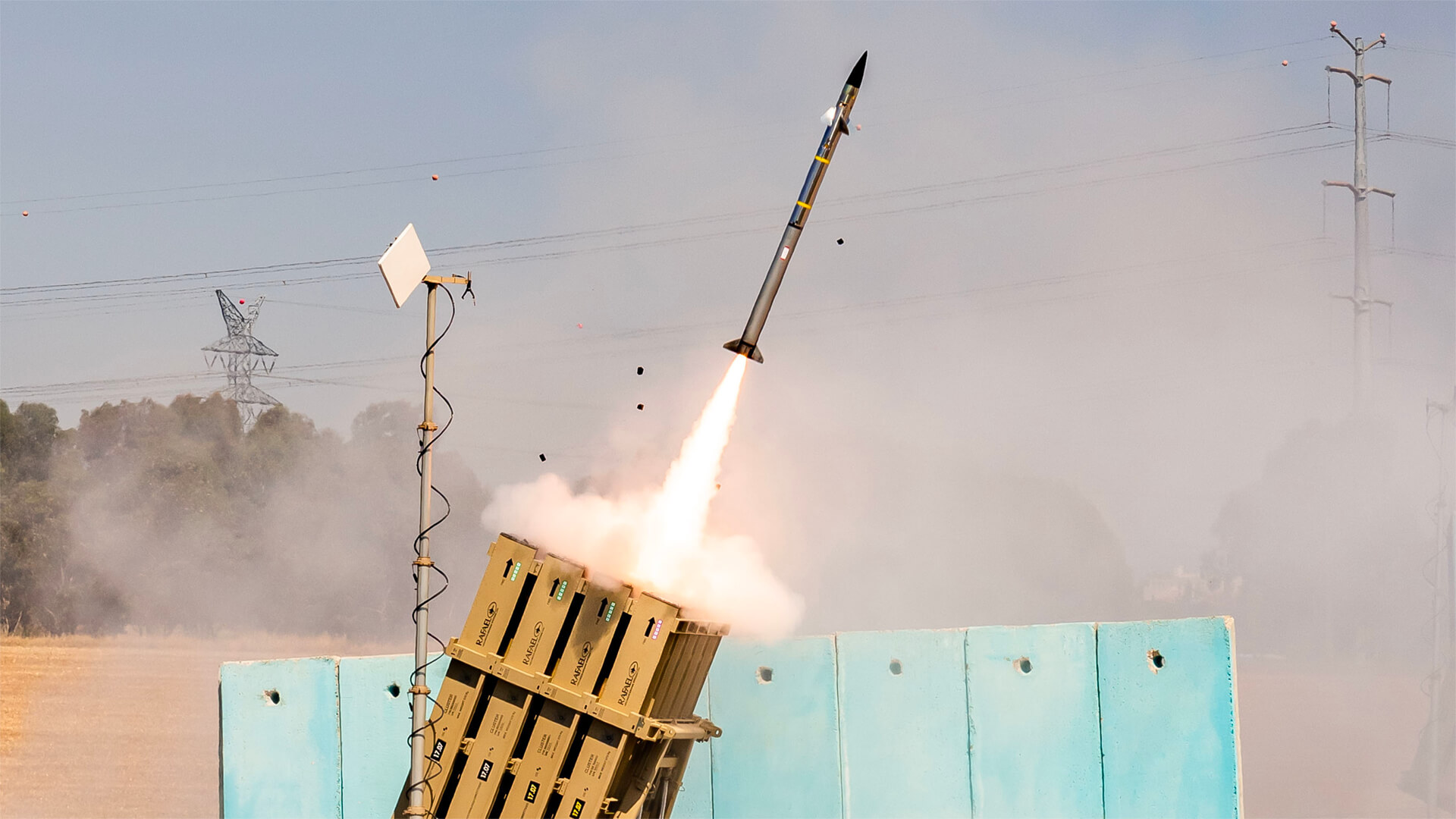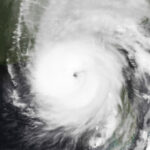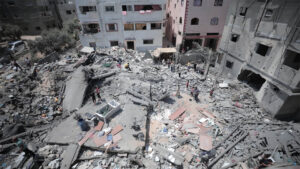You’re receiving this video a week after its initial posting on Patreon. If you’d like to get access to this content as soon as it’s released, along with a number of other exclusive perks, click the link below.
Israeli defense systems are getting put through the ringer as of late, so let’s talk through each of these systems, how they’re doing, and what the US involvement looks like.
The Iron Dome is what we hear about most often; this is what intercepted the rockets from Hezbollah. This system is designed to counter unsophisticated rockets, and thanks to Israel’s small size, it does this quite well.
When the bigger stuff starts to fly, like ballistic missiles, that’s when the Arrow system comes into play. While its been successful against the recent attacks from Iran, the US was helping out on the tracking/targeting side of things, so we don’t have a true measure for how good this system is on its own.
That helping hand from the US is key, not only because its helping the Israelis defend themselves, but the US is also getting some valuable, real-world testing for tech that can be used back at home. So, its a bit of a win-win here.
Here at Zeihan On Geopolitics we select a single charity to sponsor. We have two criteria:
First, we look across the world and use our skill sets to identify where the needs are most acute. Second, we look for an institution with preexisting networks for both materials gathering and aid distribution. That way we know every cent of our donation is not simply going directly to where help is needed most, but our donations serve as a force multiplier for a system already in existence. Then we give what we can.
Today, our chosen charity is a group called Medshare, which provides emergency medical services to communities in need, with a very heavy emphasis on locations facing acute crises. Medshare operates right in the thick of it. Until future notice, every cent we earn from every book we sell in every format through every retailer is going to Medshare’s Ukraine fund.
And then there’s you.
Our newsletters and videologues are free and we will never share your contact information with anyone. All we ask is that if you find one of our releases in any way useful, that you make a donation to Medshare. Over one third of Ukraine’s pre-war population has either been forced from their homes, kidnapped and shipped to Russia, or is trying to survive in occupied lands. This is our way to help who we can. Please, join us.
Transcript
Hey, everybody. Peter Zeihan here, coming to you from the South Carolina coast. And we’re going to talk about technology that’s been in the news a little bit, and that’s missile defense, specifically the Israeli system that has proven to be remarkably successful in recent years, both at shooting down Hezbollah rockets coming in from Lebanon and, more recently, ballistic missiles coming in from Iran.
A couple of things to keep in mind—three things to keep in mind. Number one, there is more than one system here. The first system is called Iron Dome, and that is the anti-rocket system deployed in northern Israel that’s been intercepting the rockets coming in from Lebanon. Now, it’s not that this isn’t an impressive system in its own way, but the rockets being fired by Hezbollah are oftentimes garage projects.
And as such, you’re not talking about something that is particularly sophisticated or moving particularly quickly. Basically, what happens is the Israelis launch a lot of interceptors when a barrage is coming in, and they kind of loiter until they can lock onto a rocket, and then they zip down and hit it. But even if they miss, a lot of times these things have a very high dud rate.
Over a third of them probably don’t even explode when they do hit, and they have next to no guidance. In fact, most have had no guidance at all. So it’s good for what it is, but let’s not overplay it. Also, keep in mind that Israel is the size of New Jersey, and the northern border with Lebanon is very, very short.
So, from a technical point of view, it’s relatively easy to guard that sort of territory. The second system, second thing to know, is the ballistic defense system called the Arrow system. And it is significantly more sophisticated than what’s going on with Iron Dome. This was pulled into play to defend Israel against the ballistic attacks that came in from Iran last week.
Now, the problem here is in assessing how successful it is. We really don’t know, not because it hasn’t shot missiles down, but because it hasn’t done so alone. In the recent attacks from Iran, the United States has been there, present, shooting things down too, and linking the radars together. And we just don’t know how well the Israelis could do if it weren’t for American involvement in the defense.
It probably still is among the best in the world, but everything that has been thrown at it has already had to deal with the United States. Everything has basically been designed before the year 2000. You’re talking about missiles that are at least 20 years old, off of designs that are at least 30 years old. Calling it cutting-edge is probably the wrong phrase.
Again, this is a country the size of New Jersey. You don’t need a lot of arc of coverage in order to shield the whole thing. And even with those factors in play, a lot of the missiles still made it through. They didn’t cause any substantial damage, but that is a fault of the missiles, and maybe, perhaps deliberate targeting, avoiding civilian areas more than anything else.
And then the third and final thing to keep in mind is that, for the United States, this is a perfect layout. U.S. assistance with both of these defense systems, with the intent of then taking them, modifying them for our uses—whether in terms of deployment, theaters, or the homeland—and then scaling them up. And so, believe it or not, all of the ongoing agony and violence of the Middle East, in many ways, is providing the perfect testbed for missile defense for U.S. defense systems.
Okay, I’ve got to hit the beach today, but anyway, until that, bye.








